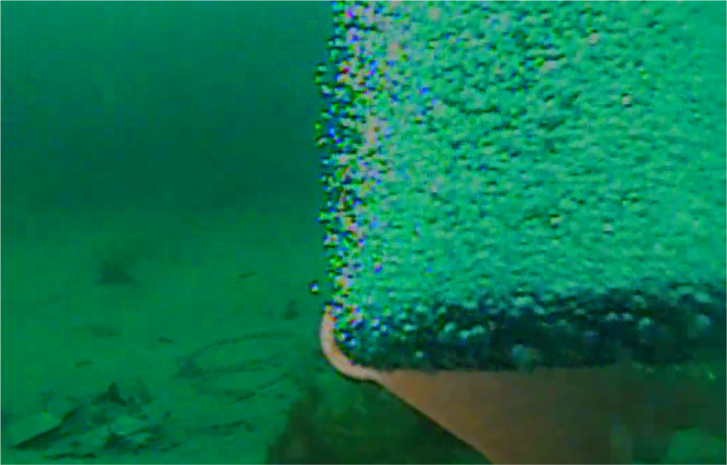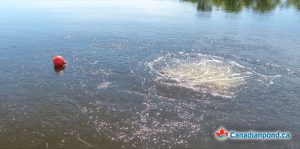Don’t Cause a Turnover, Slow Start Your Aeration System
In the event that you install your unit into a body of water that is extremely stratified, caution should be used as you start up the unit.
Mid-Summer is typically when you will see the greatest need for aeration, but can also be a dangerous time to start up a newly installed diffuser system. If an aeration system is installed mid-summer when a pond or lake has had a chance to thermally and chemically stratify, the slow start procedure outlined below should be followed to prevent a turnover and a fish kill.
Slow Start Procedure
Thermal stratification refers to the layering that can occur in some lakes which allows warmer (less dense) water to sit on the top of colder denser water on the lake bottom.
In the event that you install your unit into a body of water that is extremely stratified, caution should be used as you start up the unit. In some cases the colder water sitting on the bottom could be holding gases that if totally mixed within the water column could be harmful to fish. There could also be concern that the colder water has little or no dissolved oxygen.
I suppose you are asking yourself “what does this mean by extremely stratified and how do I measure it?” A simple method of testing for thermal stratification is to drop a thermometer into the body of water and slowly check for temperature change from the surface to the depths of the lakes. Our suggestion would be to measure temperature every two feet. Be sure to keep the thermometer at a given depth long enough for the correct temperature to be measured and then bring it to the surface fast and read it immediately.
If the colder water (4 degrees F colder than the surface water) represents more than 30% of the overall water volume, it is suggested to allow the water to mix at a slower pace by not running the system continuously but for only short time intervals. Suggested start up on time for the unit for a stratified lake might be initially running for 1 hour per day during daylight hours for the first week and gradually increase until running continuously. Each lake will react slightly differently to our unit, so a precise timeframe is difficult to predict.
Sunny days are preferable to cloudy days to start the system because the photosynthesis will supplement
oxygen levels as the water is mixed.

If you are at all uncertain about this slow start procedure, contact us.
It is critical to follow the slow start procedure as it will allow the pond to gradually mix, creating even temperature and oxygen levels throughout the water column and prevent the rapid mixing of potentially harmful gases formed as a result of no oxygen at the pond bottom.
Related Article:
